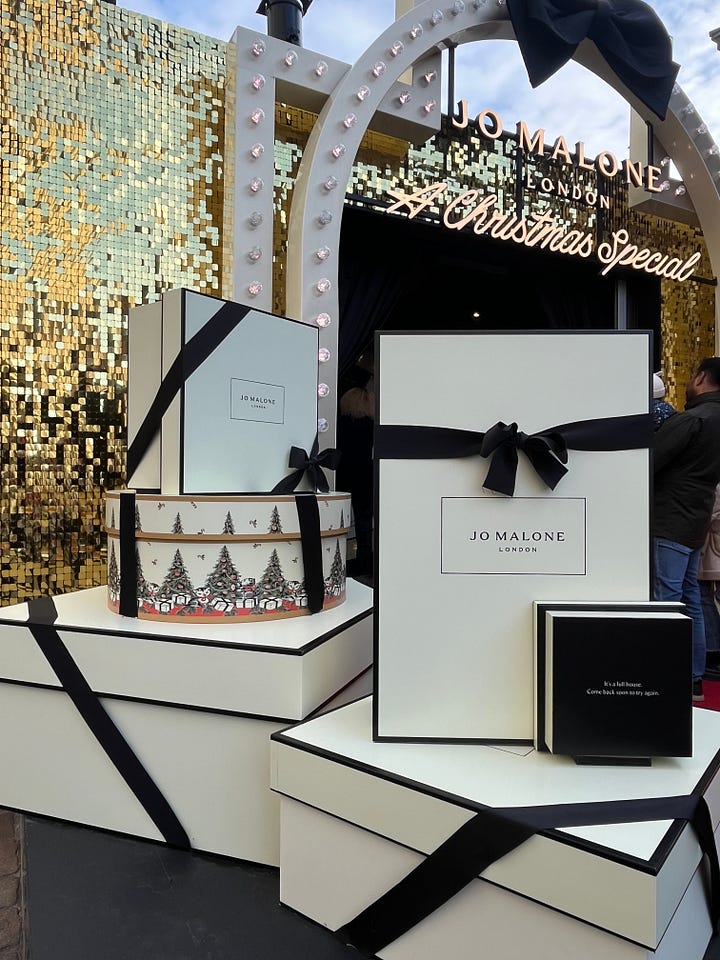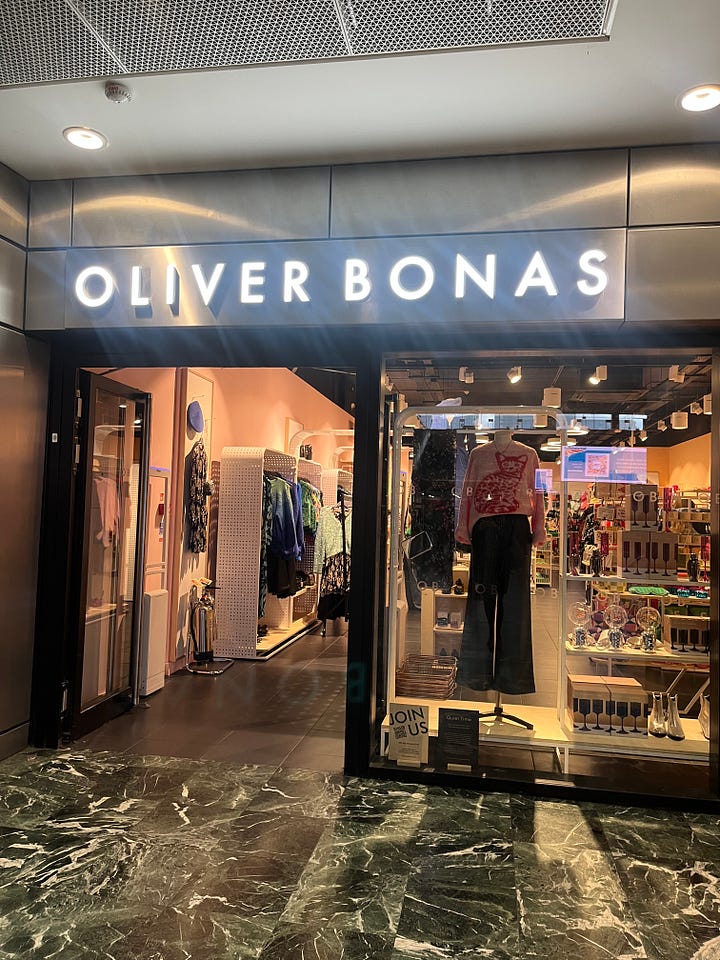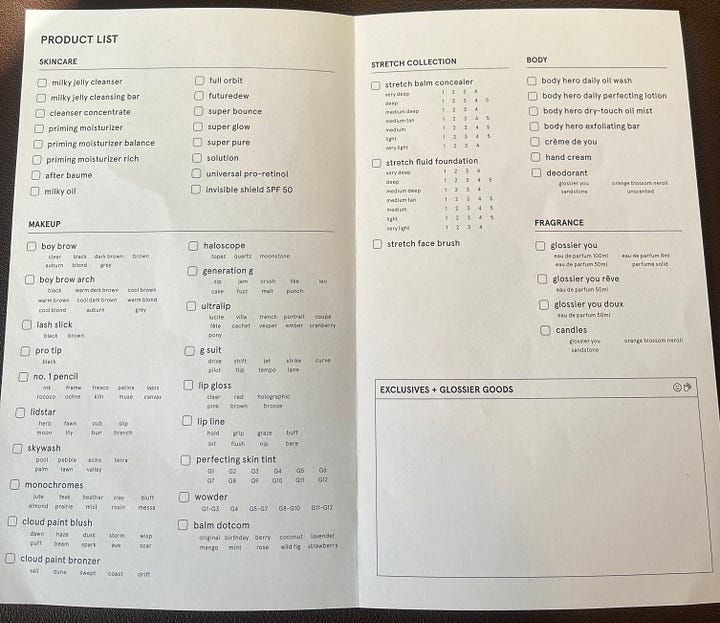Retail Lab: Why an emotional connection to your customers is integral to your sales strategy.
Shopping is driven by emotion; in an age where we can buy anything at the touch of a button, true consumer connection is what gets customers excited, and spending.

Nike and Rhode are two very different brands, but both foster a deep emotional connection with their customers; they know what their customers want before their customers know what they want, and they tap in to these emotions to reach them on a level that transcends a transaction.
Nike’s focus has always been on enabling their customers to reach their goals; their products are just an add on that enable you to be a part of the community.
Rhode has grown organically from the authenticity of Hailey Beiber’s personal brand. Their content doesn’t push the products but creates a community of beauty enthusiasts who are excited to try their next launch. The subtext is they don’t need to use traditional sales marketing because the products sell themselves through word of mouth.
Let’s break down why this strategy works, and why all brands and retailers should be paying attention.
Firstly, why do emotions matter when shopping for clothes or beauty?
Because most purchases are made based on what we love, rather than what we need.
At its heart, shopping is still a leisure and social activity that excites us, and helps us discover what we love and what we might need. Only after the initial excitement will consideration be given to the purchase itself, so the key for brands and retailers is to think about the best strategy for grabbing customer attention and then consider how to convert that in to sales via a frictionless shopping experience.
What does it mean for retailers?
First impressions matter for all, from small businesses to luxury houses.
In a nutshell high street retailers and small brands have to meet (and find ways to exceed) customers expectations, and luxury brands must carefully manage their brand perception to grow sales but maintain exclusivity.
In all cases, it this requires balance and continual revision of the business strategy.
What about the customers?
They are demanding more than just the product.
We live in an age where almost anything essential can be bought on Amazon, but what customers really want is a shopping experience that Amazon can’t give them. In other words, shopping is once again becoming more about a feeling and an experience that’s fulfilling, exciting and fun, rather than a simple transaction with zero added value.
With the move to digital, the fun has been taken out of shopping, so much so that customers have become accustomed to making the best of what they can get delivered, when what they really want is genuine brand connection and products that make them feel excited to spend.
There is a huge opportunity for brands and retailers to step up and fill this void, and some are already making moves.
Little details make a big difference when it comes to connection
Creativity fosters connection.
Here are the small touches that made me smile when I’ve been shopping lately:
Glossier’s real-life wish list because there’s nothing like pen and paper to help me commit to a purchase
The Jo Malone Covent Garden pop up giveaways were fun and a great way to get involved as a customer
Unexpected gifts with purchase at Sephora (my deluxe-size Saie highlighter was a real treat)
Catalogues, specifically the ones from Boden and Rails because they feel far more personable than a website
Customer service - I recently called an Oliver Bonas store to ask them to reserve a skirt for me and they went out of their way to help - a true luxury experience




Whilst all of these details may seem small, they all play a part in the consumer experience.
📌 Takeaway: One time customers are great in the short term but longevity is built on loyalty, and building a repeat-purchase relationship is even more important in this modern, digital and super competitive landscape.
What can brands do?
Let’s talk opportunities.
Use surveys and clever social media engagement tactics to find out what customers really want
Look at broader market trends (I talked all about my predictions for 2025 trends in last week’s Retail Lab which you can read here)
Analyse your data: sales, returns and rate of sale are all key metrics
Focus on the details: customer service matters and how to improve it should be at the top of every retailer’s strategy
Focus on emotional connection with storytelling to drive purchases
Be reliable: deliver and over deliver because predictability breeds consumer confidence
Reduce friction and barriers to purchase because no one likes complicated checkout processes
Create shared values and foster loyalty by being transparent and honest
Go beyond the transaction by offering free gifts and recommendations
What next?
How I can help you and your business.
Do you need ideas on how to build genuine customer connection in to your strategy? Schedule a free call to see how I can help you and your business.


